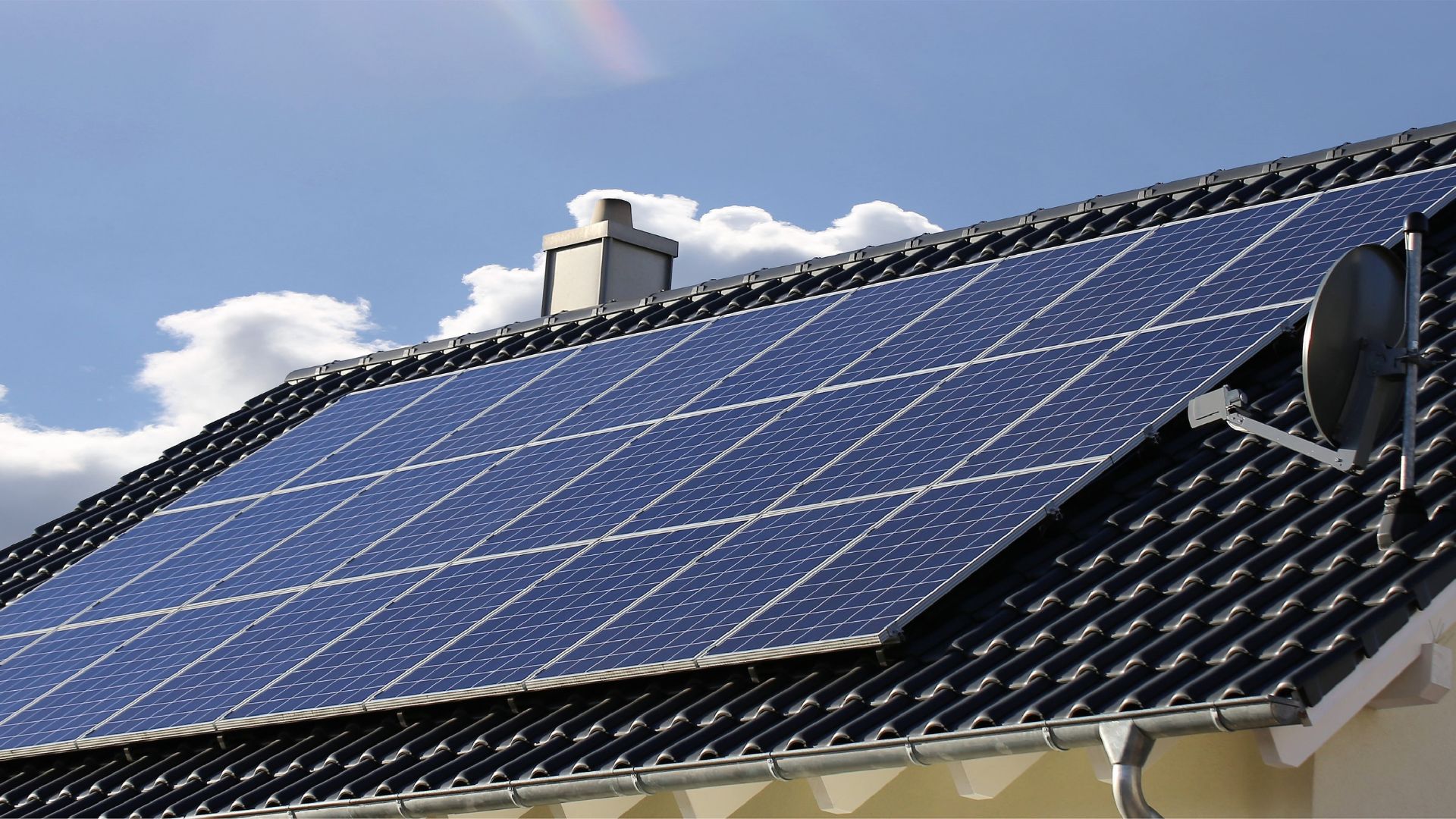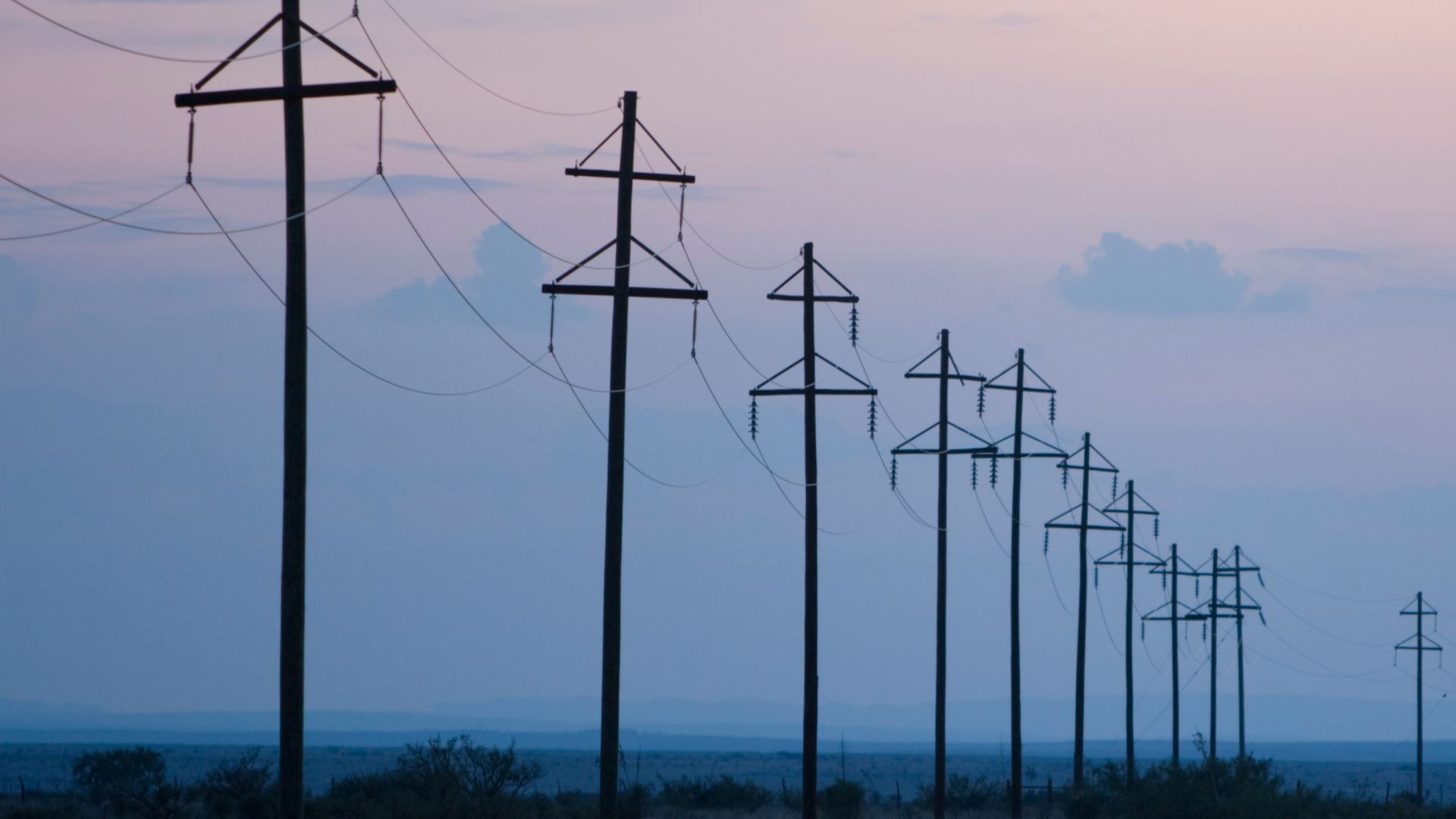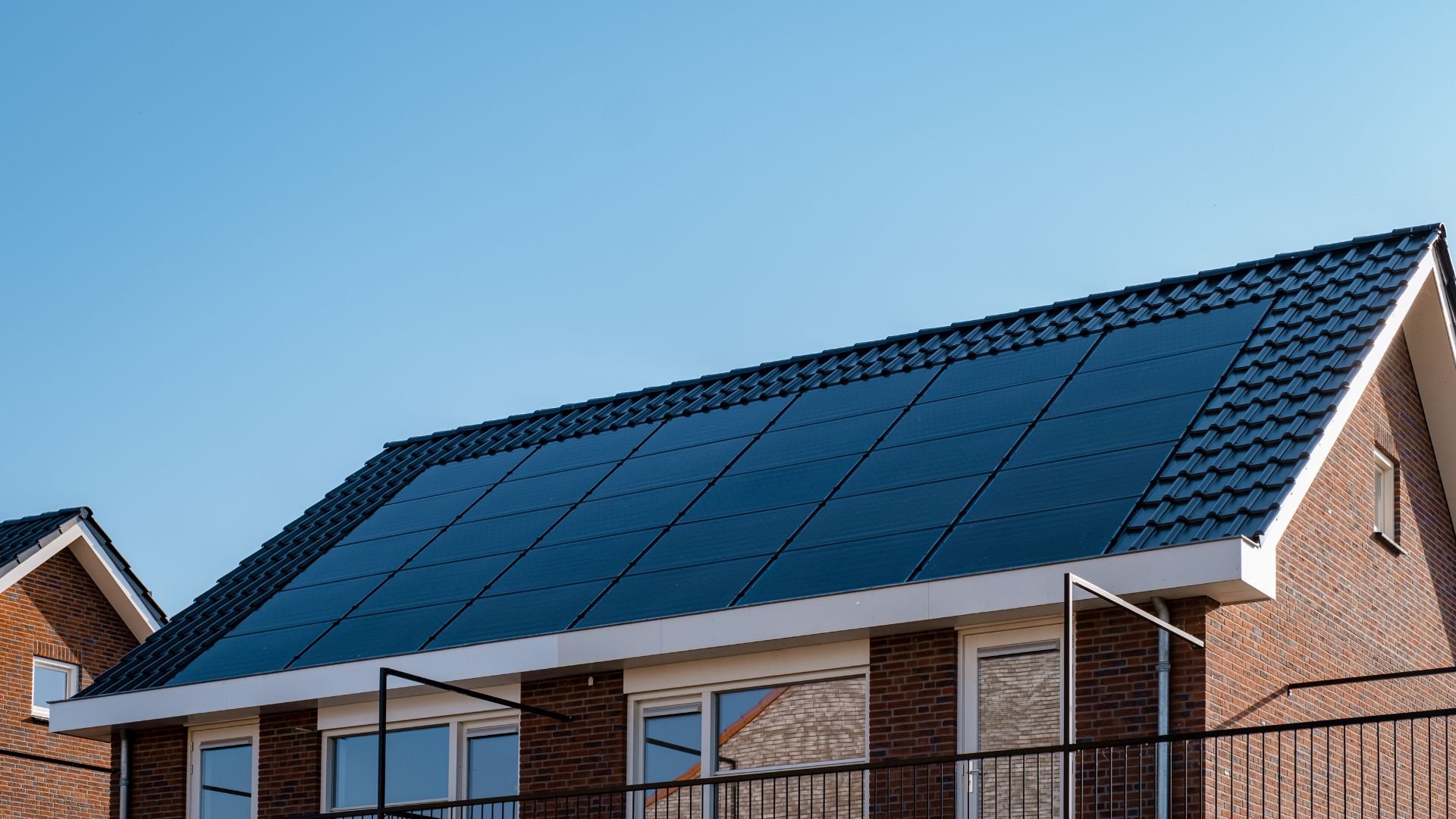Solar inverters play a crucial role in converting the energy harnessed by solar panels into usable electricity for our homes. In this video, Barry Durand, Green Home Systems Commercial Manager dives deep into the world of solar inverters, answering the most common questions and helping you choose the right inverter for your needs.
1. What is a solar inverter?
A solar inverter is a vital component of a solar power system. It’s responsible for converting the direct current (DC) electricity generated by solar panels into alternating current (AC) electricity, which is the type of electricity used in homes and businesses. This conversion enables the electricity produced by solar panels to be used to power electrical devices, appliances, and lighting within a building. Solar inverters also play a role in managing the flow of electricity, ensuring that excess energy can be fed back into the grid or stored in batteries for later use.
2. Why are solar inverters important?
Solar inverters are crucial for several reasons:
- AC Power Conversion: Solar panels generate direct current (DC) electricity, while most appliances and devices in homes and businesses run on alternating current (AC). Solar inverters bridge this gap by converting the DC electricity produced by solar panels into the AC electricity needed to power these devices.
- Usable Electricity: Solar inverters make the energy generated by solar panels usable. Without inverters, the DC electricity produced by the panels would be incompatible with standard electrical systems.
- Grid Connection: Solar inverters allow for the integration of solar power systems with the electrical grid. Excess energy generated by solar panels can be fed back into the grid, potentially earning credits or compensation from utility companies through net metering programs.
- Energy Management: Some advanced solar inverters come with features like energy monitoring and optimization. These features help monitor the performance of the solar system, identify issues, and maximize energy production.
- Battery Charging and Storage: In hybrid solar systems, solar inverters are responsible for charging batteries to store excess energy for later use, such as during nighttime or cloudy periods.
- System Safety: Solar inverters have safety mechanisms that can shut down the system in case of emergencies or faults, protecting both the system and individuals.
- Efficiency Optimization: Modern solar inverters are designed to maximize the energy harvest from solar panels. They track the maximum power point (MPPT) to ensure that the panels are operating at their most efficient levels.
- System Scalability: Solar inverters allow for the addition of more solar panels to the system as energy needs increase, making it easy to expand the system’s capacity.
- Technological Advancements: Inverters continue to evolve with new technologies, enabling better integration, remote monitoring, and smarter energy management.
3. How do solar inverters work?
A solar inverter functions by taking the variable output of direct current (DC) generated by your solar panels and converting it into a steady alternating current (AC) with voltage levels of 120V/240V. This conversion is necessary because the electrical devices in your household operate on AC, whereas solar panels produce DC.
Delving into more technical detail, sunlight illuminates your solar panels, which consist of semiconductor layers crafted from materials like crystalline silicon or gallium arsenide. These layers are a combination of positively and negatively charged components, interconnected by a junction. As sunlight interacts with the semiconductor layers, they absorb its energy, which then activates the photovoltaic (PV) cell. This energy agitates electrons, causing them to become mobile and traverse between the positive and negative layers. This movement of electrons generates a flow of electric current, known as direct current (DC). Once this energy is generated, it can either be stored in a battery for future use or channeled directly to an inverter, the choice depending on the specific system setup you have.








